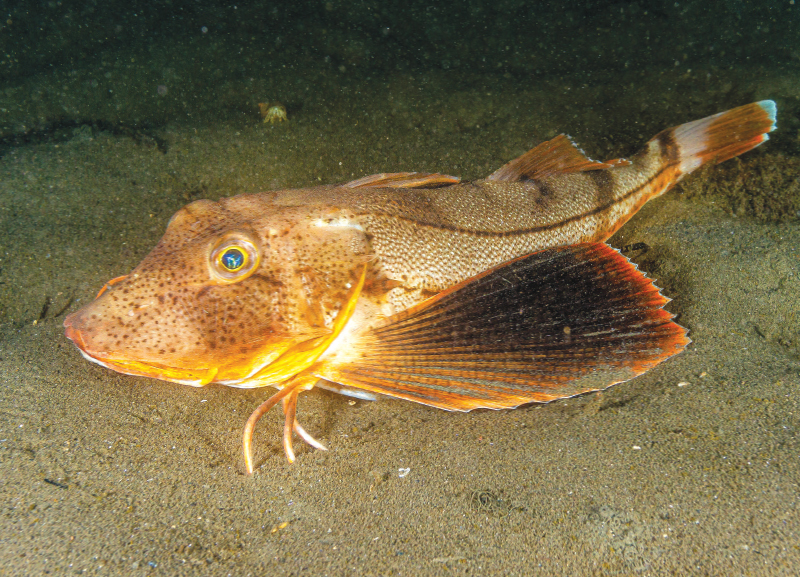

In a new study, researchers found that the Prionotus carolinus, a sea robin species, uses its appendages, which look similar to the legs of crabs, to sense its environment and search for prey.

In a new study, researchers found that the Prionotus carolinus, a sea robin species, uses its appendages, which look similar to the legs of crabs, to sense its environment and search for prey. According to researchers, sea robins of this species make use of their six appendages not only to walk, but also to taste. The papillae on the appendages function similarly to a human tongue’s taste buds. These creatures also use their appendages to dig the seafloor once they locate their prey. Researchers believe that a gene called tbx3a has contributed to the formation and functioning of these appendages. According to researchers, the evolution of these leg-like appendages plays a crucial role in the sea robin’s ability to survive on the ocean floor.
DID YOU KNOW?
As sea robins are expert at locating prey, fish of other species often follow their path aiming to seize some prey for themselves.
What do they feed on?






